Pop A Word

Use your words to do wonders.

The mission: to maximize users’ speech effect.
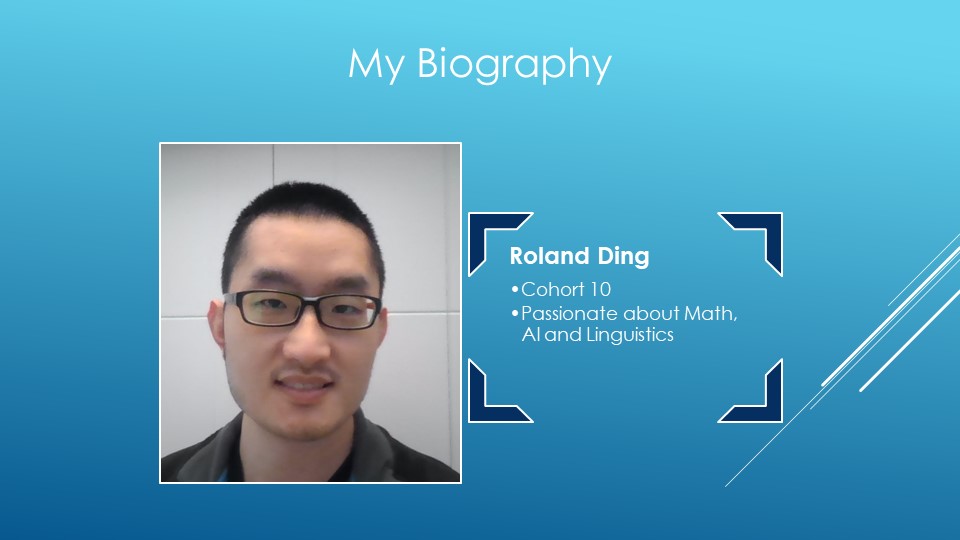
Roland Ding: HBAP Cohort 10.Professional Engineer from Canada. Passionate about Mathematics, Artificial Intelligence and Linguistics. I started my career as a junior Electrical Engineer in 2010. Has a Master’s degree in Electrical and Computing Engineering in 2019.
Love to try out different activities, learned swimming at the age of 24 and biking at the age of 32.
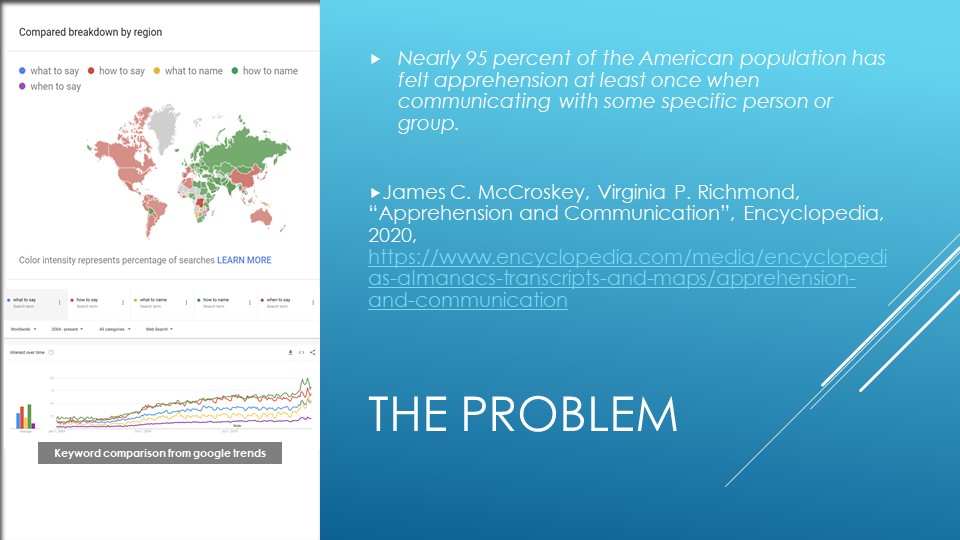
I believe all of us have some public speaking experience. Communication apprehension, AKA public speaking anxiety/stage fear, happens to even the best of us. Also, there are numerous techniques and strategies to utilize the knowledge we hold during a speech; it continuously poses a physical and psychological challenge to us humans. As per google trends, this is a global problem and is growing.
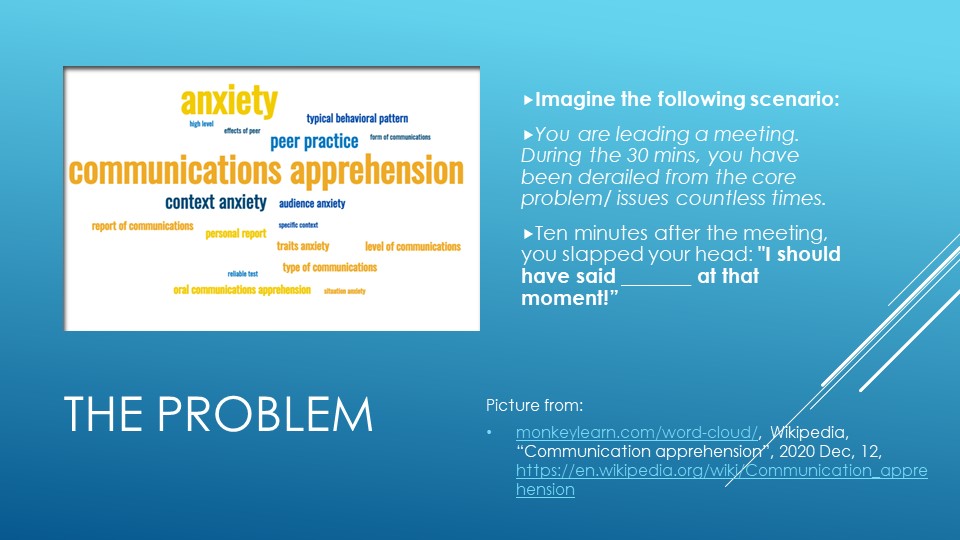
Here is one common scenario to which a lot of us can relate. The truth is that learning how to talk starts when we are two years old, and it is a life long journey. People may stray to different destinations, but speech is recognized as one of the critical abilities. And I aim to maximize its effectiveness.
What if none of these ever have to happen. What if, at the moment, when you are about to stumble, something can pop up and guide you to charter your course of speech?
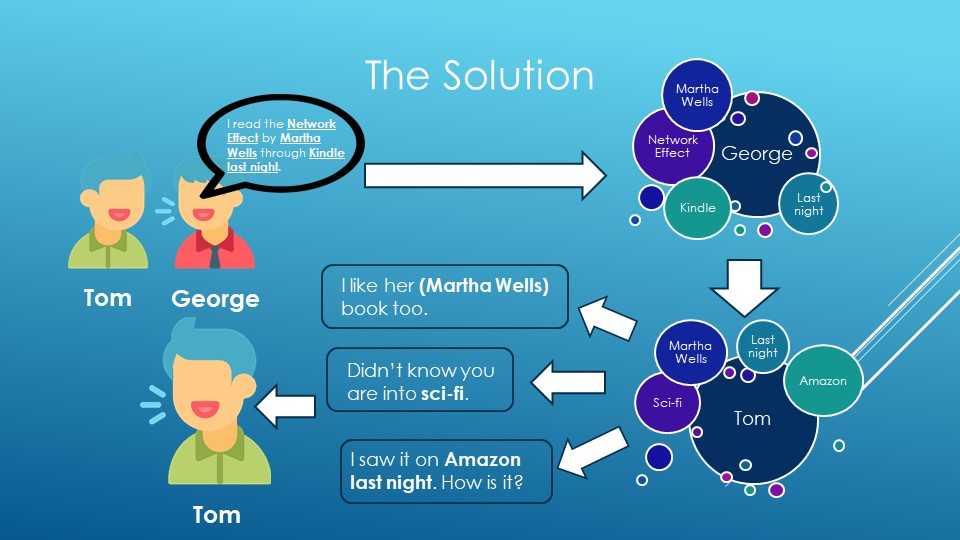
Pop A Word does three simple steps:
- It recognizes the keywords from the user’s live speech script.
- It analyzes and visualizes the keywords map for users in real-time.
- It plots out the available keywords map for users in real-time.
The key strength is that: it utilizes the nature of speech, which is a series of time-continuous events. The only input it needs is a mic, and from there, it can do its magic.
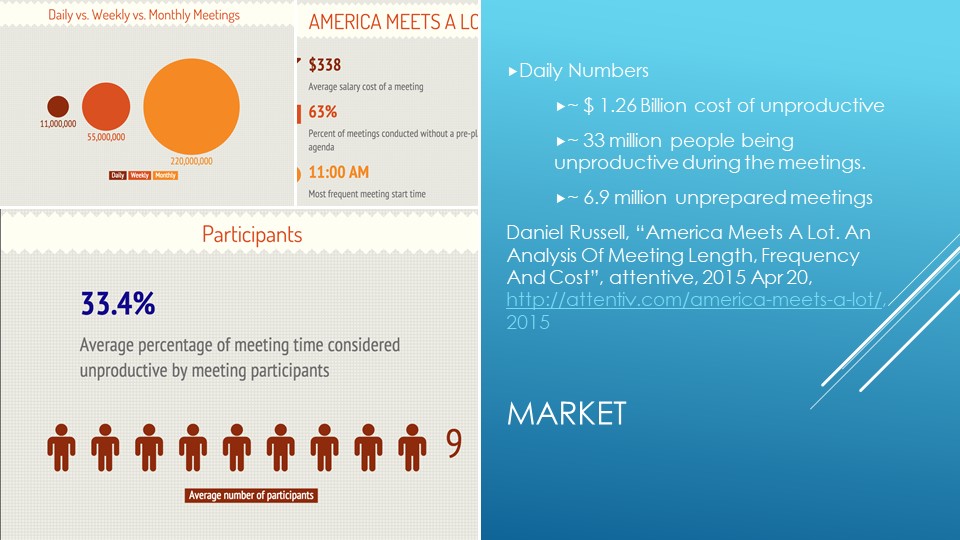
The estimation of the market came from one of the analytics that I found. All three numbers on here were estimated with units per day in USA. While the accuracy of the number is debatable, it is common for everyone in the workforce to have at least one 30 mins meeting every week. With the increase of responsibilities, the time spent for speech and meetings escalates quickly.
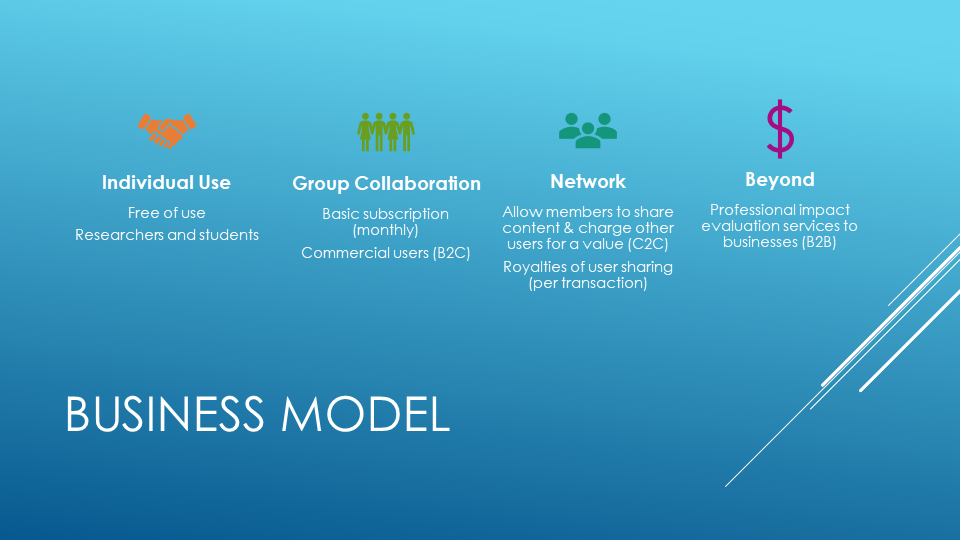
First step is to create MVP for individual use. The main target users will be researchers and students. The product will be free at this stage
Next step is extend product for group collaboration. The main target users will be general public or organization. The product will be charged as a monthly/yearly subscription.
After sufficient accumulation, the next step is to group the users together as per keywords similarity and allow them to share their accumulative contents across the network and benefit from there. The monetization method here is through royalties.
Last step is above and beyond. If we ever get there, we can start to provide business contents evaluations to businesses or even government.
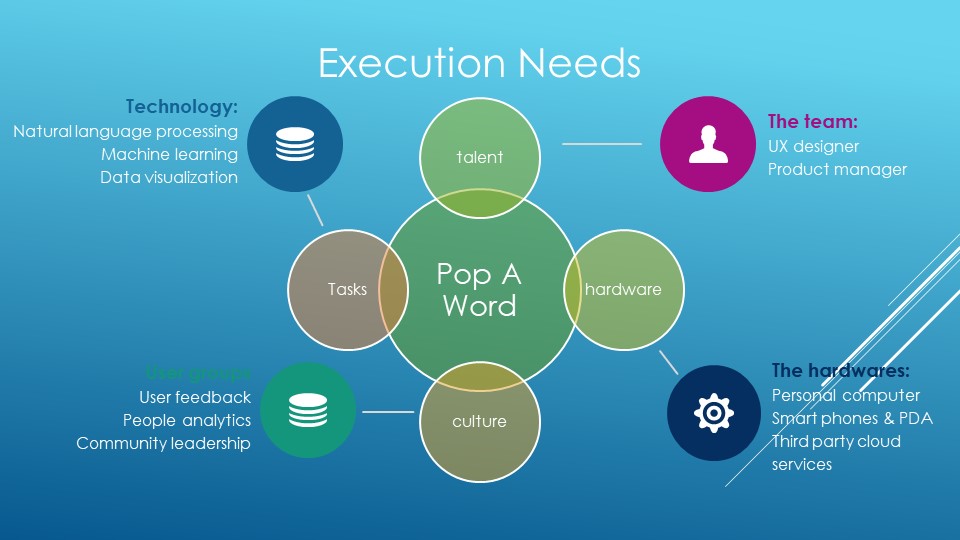
To make this idea into a reality, we need:
Talent: at its minimum, need one user experience designer and a product manager.
Hardware: third party strategic partner for providing us with the cloud services integration and training.
Culture: focus on a hot core user group (preferably researchers and students). Create an online community for feedback and perform people analytics.
Task: for MVP, we need to focus on natural language processing, machine learning and content visualization. Once completed, the core tasks will shift to the user front.
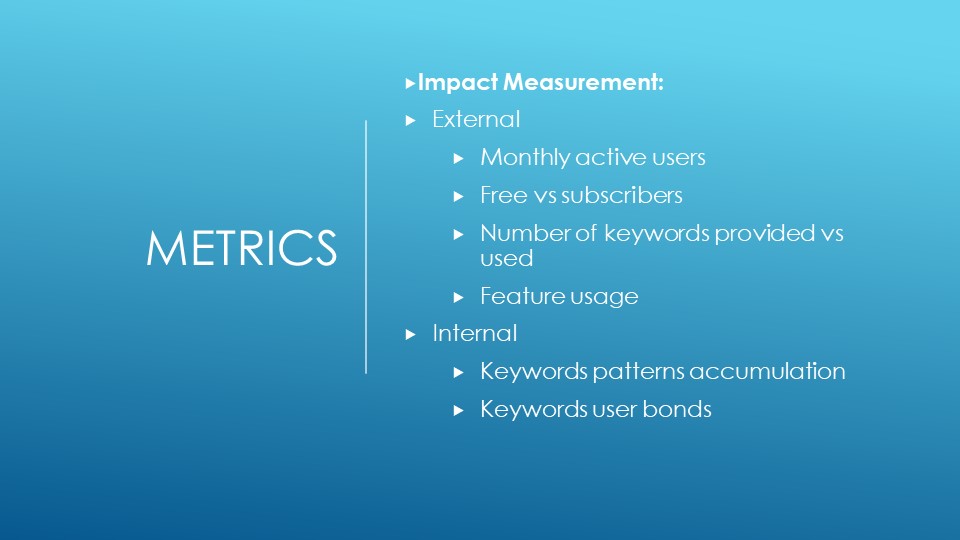
Externally:
The MAU and free vs subscribers are directly tied with subscription income. They will guide us in determining the business’s strategies.
The number of keywords provided vs used will help to determine our service and feature effectiveness to users. It plays a crucial role in user retention strategy.
User feature usage will help us to determine the direction of exploration and, if necessary, feature elimination.
Internally:
Keyword patterns accumulations help us determine our inventory and if we need to develop additional strategic partners for a better user value proposition.
Keywords user bonds determine the users’ association and closeness with the keyword (whether it is an object, entity or phenomenon.)
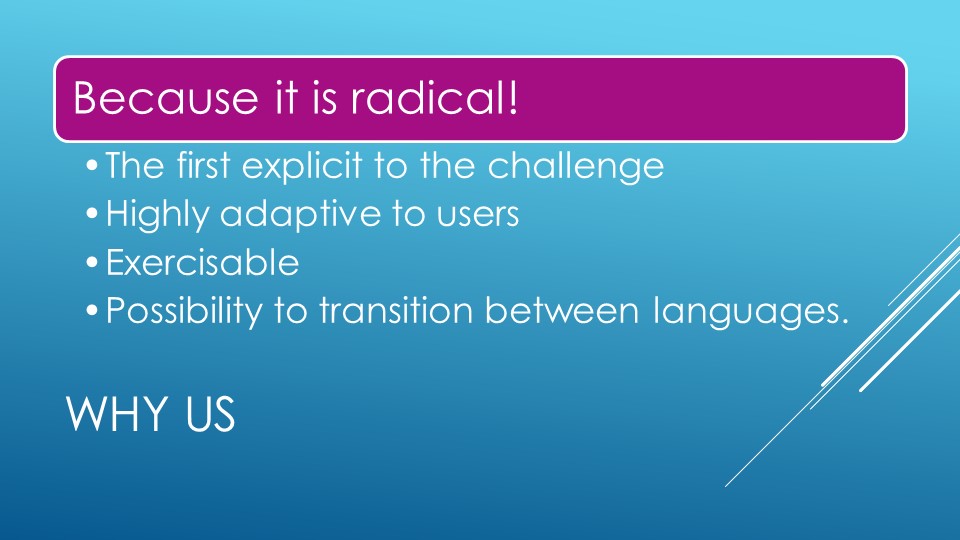
It is radical, first of its kind, and highly adaptive.
It was built based on the words, one of the most used content globally.
It can swiftly connect across the languages and not be bound by any.
It is the only idea that I would like to see through to the end.

Step one: touch the ground with the user community and create MVP for individual use.
After establishing use with the core user group, test with monetization strategy and introduce the advanced network and collaboration features. Extend the user group to train and validate user retention strategies.
Step three: if steps one and two go as planned, we shall have a good set of user group profiles and strategies at the start of the stage. Time to scale and challenge beyond!

